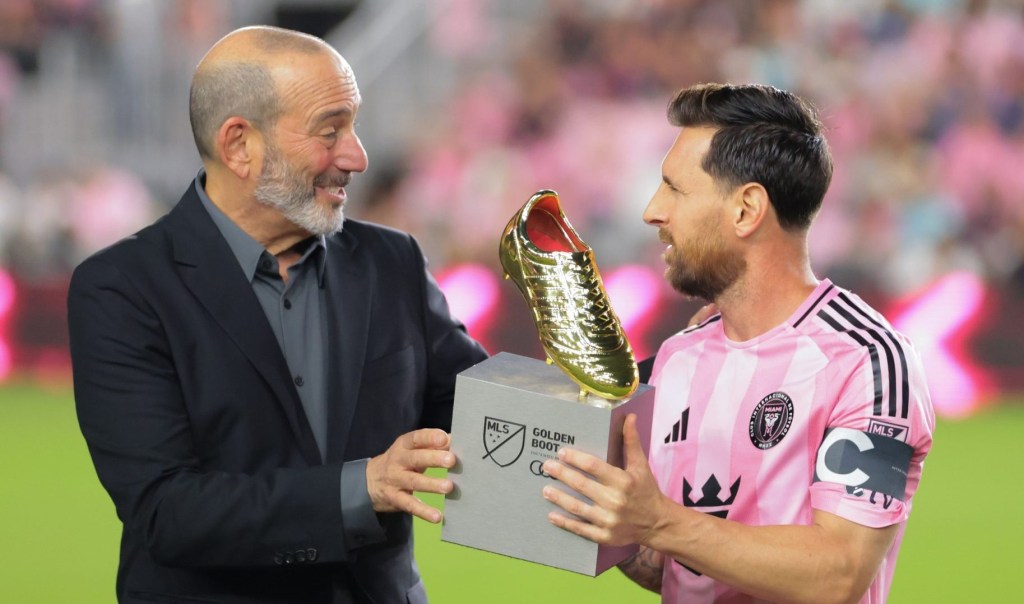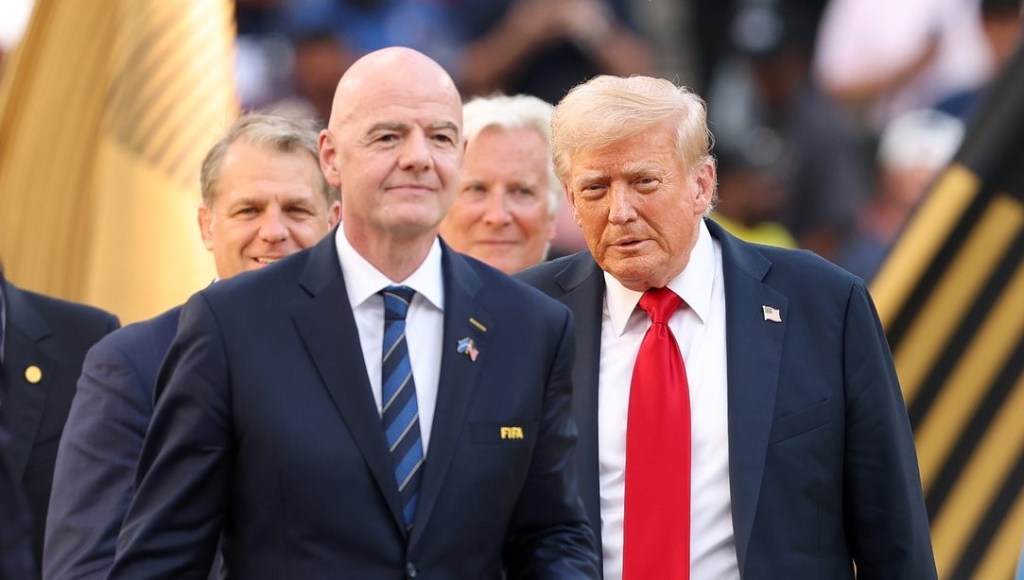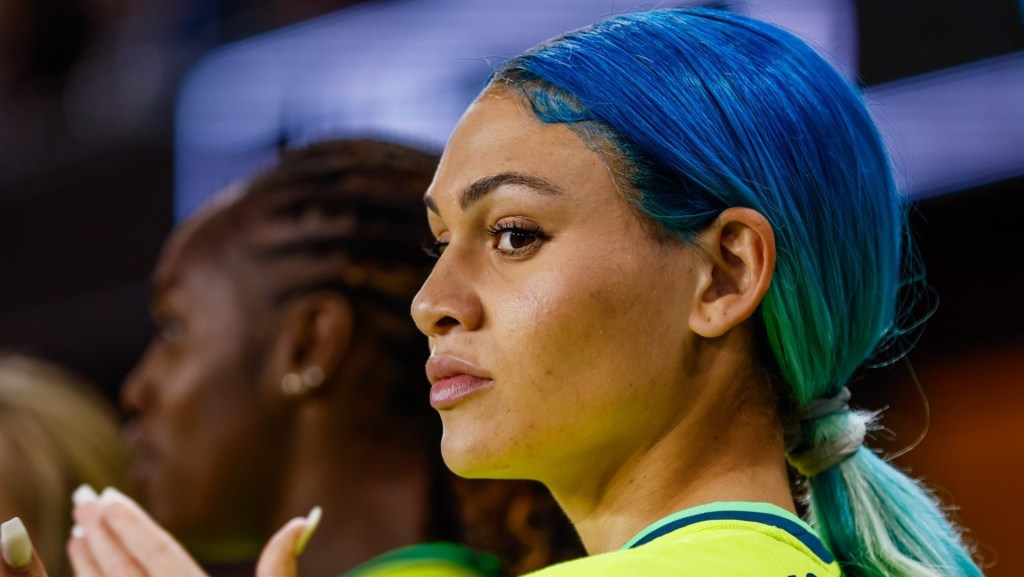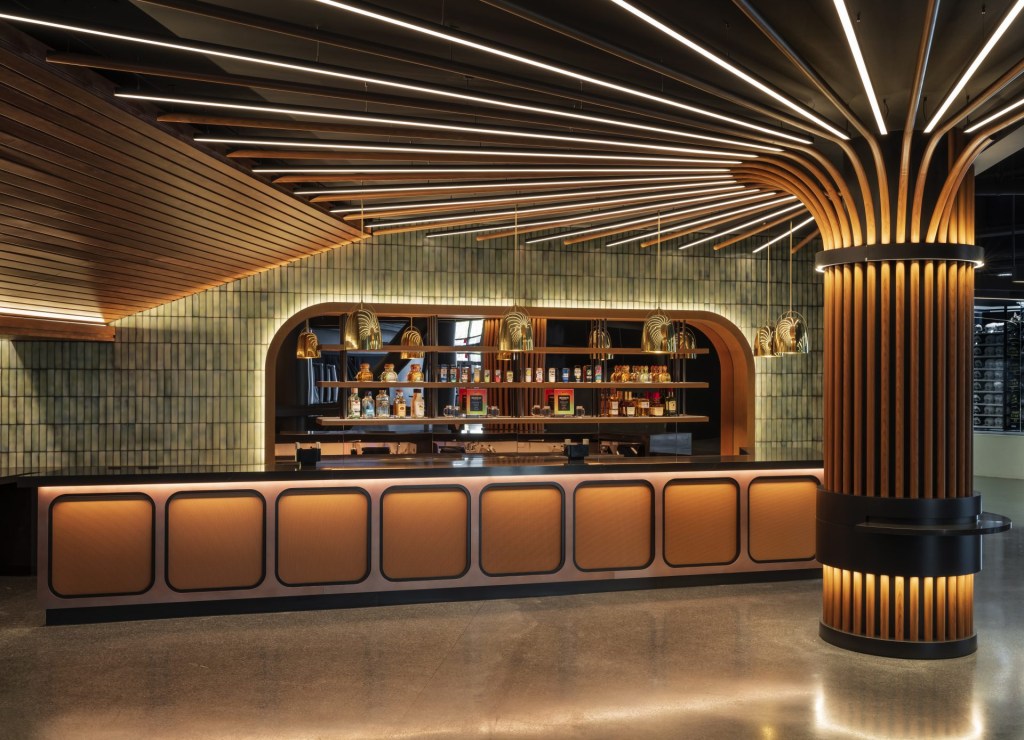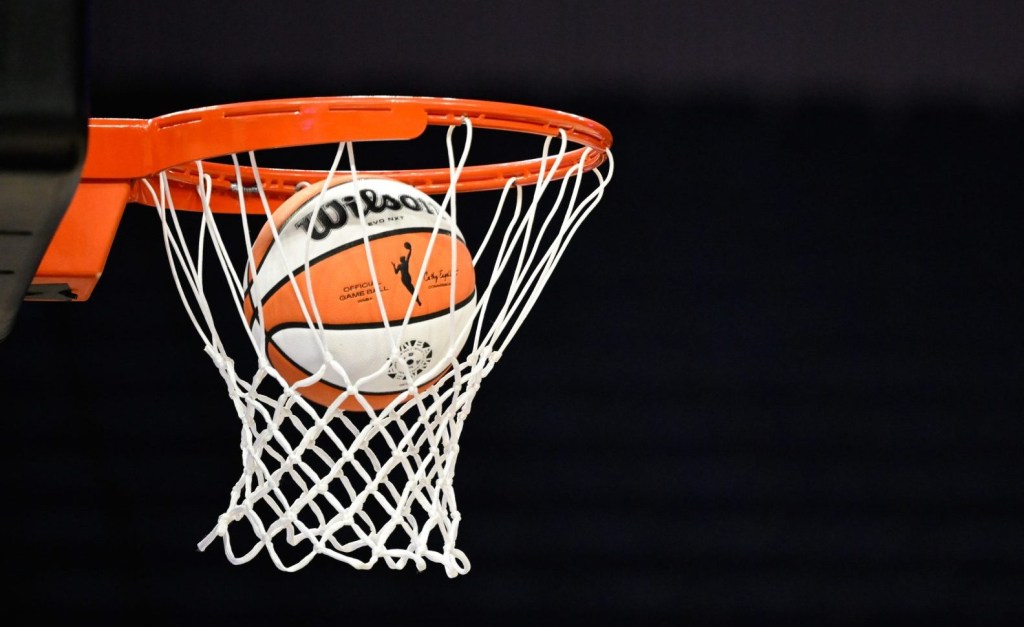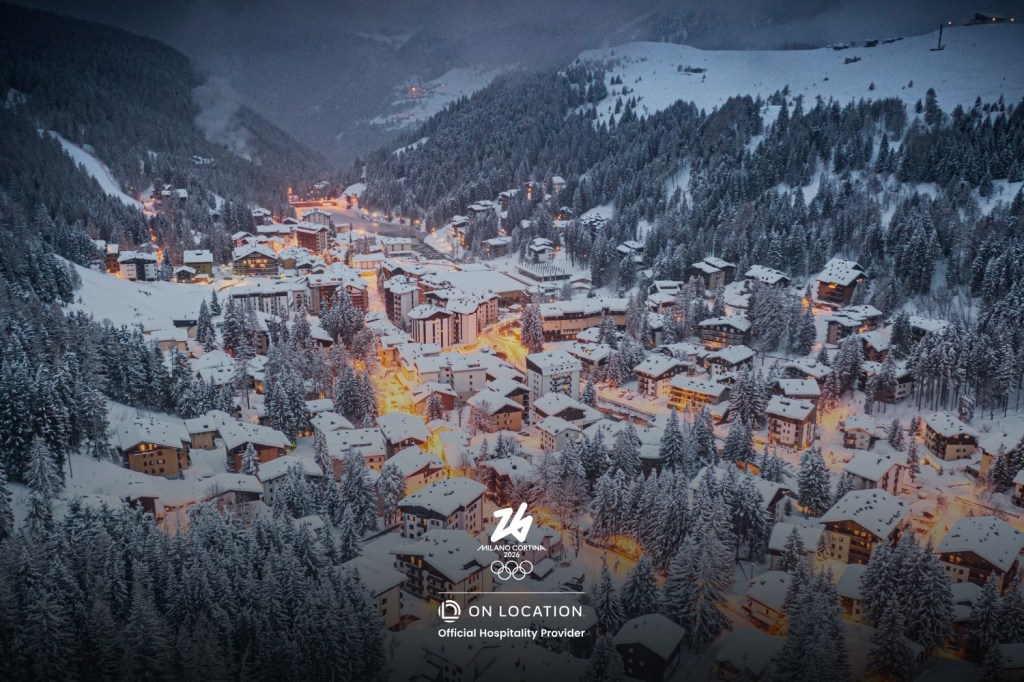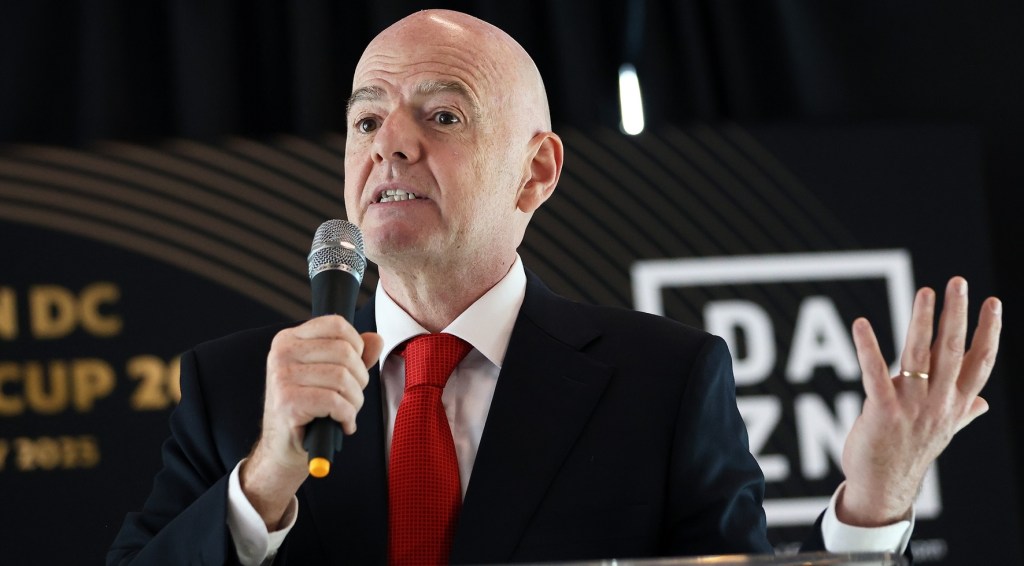FIFA’s revamped Club World Cup kicked off in the U.S. this weekend, and the first five matches weren’t an immediate flop.
The global governing body is using the tournament to try to claim its stake in the lucrative club soccer market. This year, the Club World Cup is expanding from seven teams to 32 with a whopping $1 billion purse that offers up to $125 million for the winner. But the tournament has not been without controversy, from the payouts tilting towards European teams to games taxing players who desperately need rest.
In the weeks leading up to the tournament, reports swirled that FIFA was struggling with ticket sales, particularly for the opening match. While none of the five games were sellouts, attendance was respectable.
The Inter Miami–Al Ahly opener at Hard Rock Stadium—which is not where Lionel Messi’s team usually plays—drew 60,927 fans to the 65,000-seat venue. FIFA had been offering student discounts for $4 tickets to the game, and fans of the Egyptian team made up a large portion of the stadium for the 0–0 draw.
In Cincinnati, Bundesliga champions Bayern Munich crushed semi-professional Auckland City FC 10–0. As the representative from Oceania, the New Zealanders have the lowest participation award at $3.58 million. Keeper Conor Tracey, who had seven saves, works a day job at a veterinary supply center. “I’ve got to do a combination of annual leave and leave without pay,” he said. “I’ll be suffering a bit with the rent and bills and stuff like that, but to play against Bayern, Benfica and Boca, 100% it’s worth it.” The biggest loss in tournament history didn’t exactly live up to FIFA’s promise that the Club World Cup would show off the best clubs in the world. The match posted an attendance of 21,152 fans, filling up most of the 26,000-seat venue.
The largest match of the weekend, from a soccer and tournament perspective, was Champions League victor Paris Saint-Germain’s 4–0 stomping of Atlético de Madrid. Heavy traffic entering the stadium led to empty stands shortly before kickoff, but eventually more than 80,000 fans were counted at the Rose Bowl—not quite a sell-out, but by far FIFA’s biggest crowd of the weekend. Temperatures climbed above 90 degrees, and both PSG manager Luis Enrique and players commented on the heat.
“The time slot is great for European audiences, but the teams are suffering,” Enrique said. “In terms of play, it’s impossible to perform at a very high level for 90 minutes.”
“It was really difficult, but we’re trying to recover as much as possible because at this point in the season, it can be decisive,” PSG midfielder Vitinha said.
Arguably FIFA’s biggest disappointment from opening weekend was the 0–0 draw between Palmeiras and FC Porto at MetLife Stadium in New Jersey, which will host the final match for both the Club World Cup and next year’s World Cup. Attendance clocked in at 46,275 in the 82,500-person stadium. Perhaps more fans will travel for upcoming matches featuring Borussia Dortmund or Al Ahly, but MetLife might not come close to a sellout during the group stage because it isn’t hosting some of the tournament’s biggest draws like PSG or Manchester City.
The bigger issue emerging from Sunday’s match was the pitch. FIFA requires turf stadiums like MetLife to install grass for its tournaments, which the NFLPA never misses a chance to point out. “I think the pitch should have been watered a little more as the ball was a little slow which interferes with the pace of the game,” Palmeiras forward Estêvão said after the match. (Estêvão is heading to Chelsea after the Club World Cup, and his new team is also in the tournament, playing its first match Monday against LAFC.)
Estêvão got his wish later in the afternoon with some precipitation. His coach, Abel Ferreira, said, “I don’t know who is the patron saint for rain but after it rained it then enabled us to play our game.” Ferreira also noted the massive, partially empty stadium and suggested closing the upper levels to bring fans closer to the pitch.
That strategy was employed in Seattle, where FIFA in advance of certain games closed sections of Lumen Field and moved spectators closer to the pitch, as well as issuing partial refunds and even offering some fans free tickets. The full-sized NFL stadium has an MLS capacity of under 40,000, and the 30,151 for Sunday’s match is on par with MLS regular season attendance numbers. The Seattle Sounders, who are at the forefront of MLS players’ fight to get a larger portion of the Club World Cup prize money, fell 2–1 to Brazil’s Botafogo. The Sounders were the first MLS team to play in the Club World Cup two and a half years ago, and are the only team in this year’s tournament playing at their home venue.
Viewers were able to stream the matches for free on DAZN, which paid FIFA $1 billion for the rights. TNT Sports picked up about a third of the games in the U.S., including the Inter Miami and PSG matches from opening weekend.

![[US, Mexico & Canada customers only] Dec 5, 2025; Washington, District of Columbia, USA; United States of America President Donald Trump, FIFA President Gianni Infantino and Canada Prime Minister Mark Carney watch from the stands during the FIFA World Cup 2026 Final Draw at John F. Kennedy Center for the Performing Arts.](https://frontofficesports.com/wp-content/uploads/2025/12/USATSI_27745262_168416386_lowres-scaled.jpg?quality=100&w=1024)
